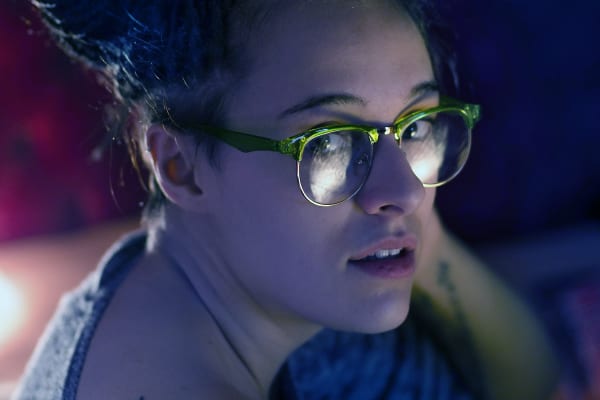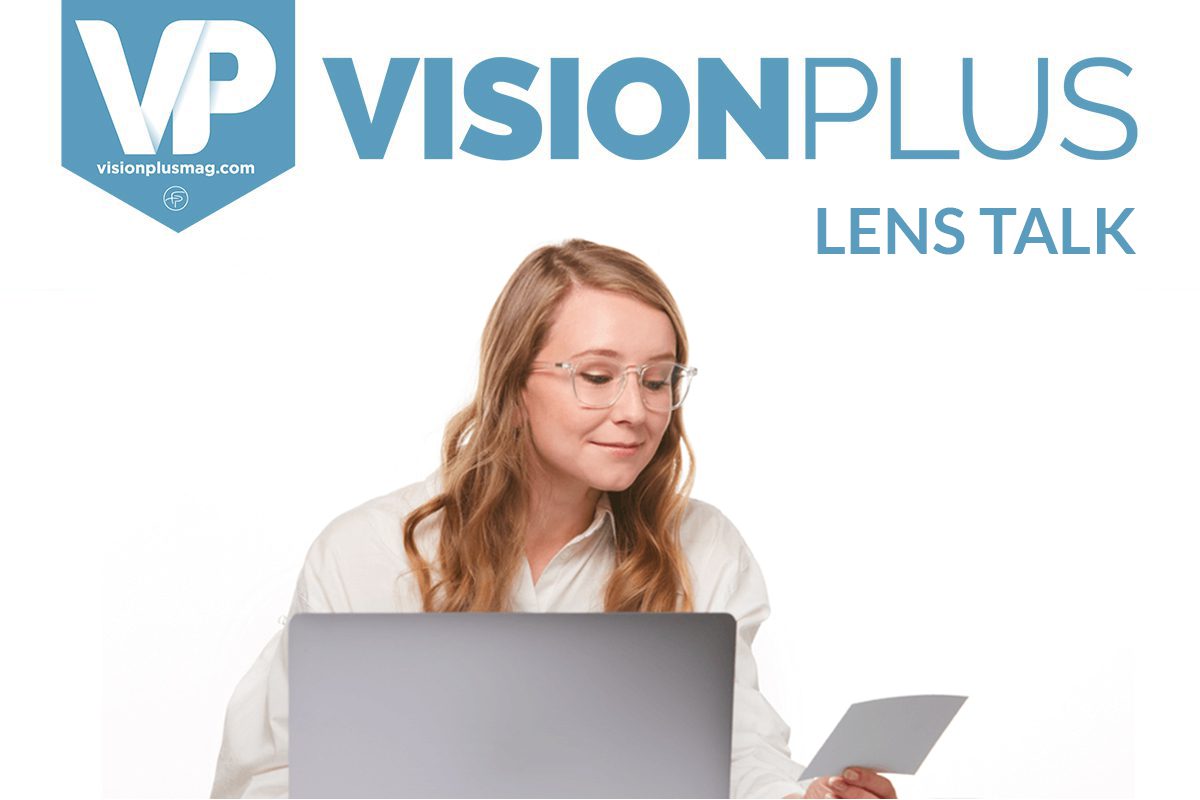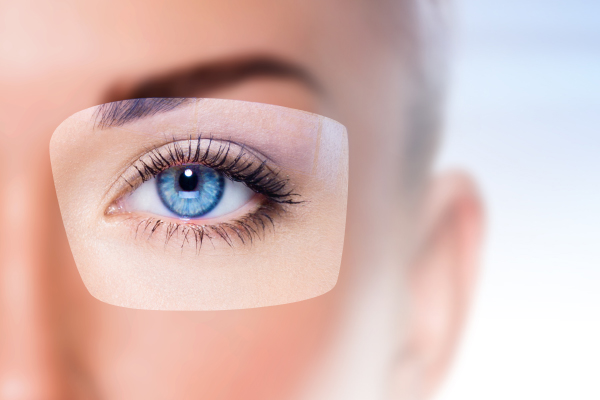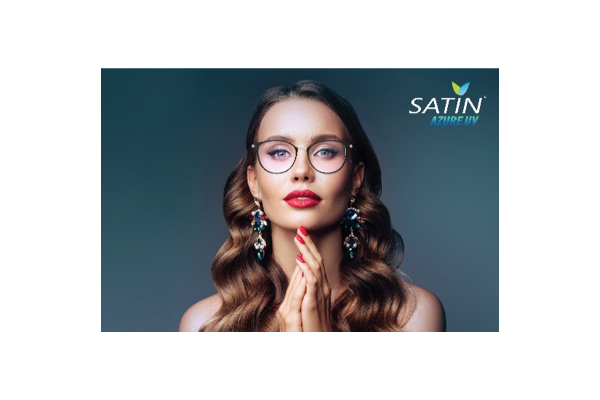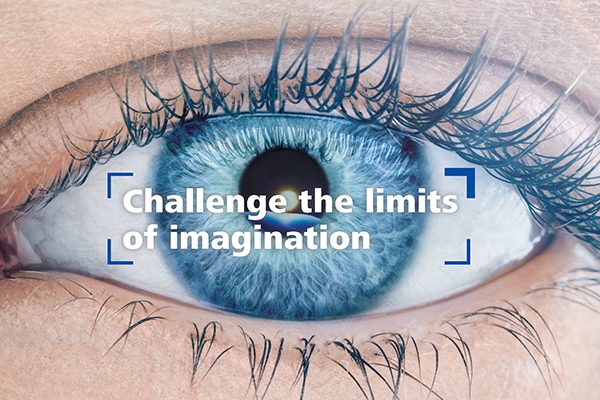There’s a lot of debate about whether blue light really affects us to the extent that we are told these days. Whatever the verdict, the blue light protection lenses seem to be what the lens industry is banking on and the sales in this segment has been showing tremendous growth.
What Is Blue Light?
When something produces light, different colours vibrate at different wavelengths. So basically visible light contains a range of wavelengths and energy. Blue light is the part of the visible light spectrum that contains the highest energy. Because of its high energy, blue light has more potential to cause harm to the eye than other visible light. The blue-violet light is called high energy visible (HEV) light. That’s the part that most closely resembles the sun’s potentially damaging blue light.
Naturally, artificial blue light is much weaker than the sun’s blue light. But so many of us spend so much of their time indoors in front of digital screens that the lower rate of exposure starts to add up. It is unknown whether electronic blue light can directly cause eye problems, but it may contribute.
Not All Blue Light Is Bad
Long-term exposure to high-energy blue light may have risks, but some blue light exposure is essential for good health. So, 100% protection from all blue light is not a good idea.
Beneficial blue light (455-500 nm) boosts alertness, helps memory and cognitive function, and elevates mood. Also, beneficial blue helps regulate circadian rhythm — our natural wakefulness and sleep cycle. But too much blue light at night can cause sleep problems, daytime fatigue, and even serious health problems.
Blue Light And Eye Strain
Blue light is linked to eye strain, including related symptoms like headaches, shoulder and back pain, in addition to sleep problems. There’s even some concern that too much exposure to blue light could cause damage to the retina at the back of the eye. As a result, blue light glasses that claim to reduce or stop these problems have rapidly risen in popularity.
However, researchers are still determining exactly how much damage blue light does, particularly blue light emanating from digital screens. Because this information isn’t yet conclusive, some marketing claims about what blue light blocking glasses can accomplish may seem a little suspect.
Practicing Good Screen Hygiene
With or without blue light glasses, practicing eye-friendly screen habits is a guaranteed way to reduce your eye strain and the effects of computer vision syndrome. Symptoms of digital eye strain often include blurry vision, headaches and dry eyes. The strain of focusing on screens may even trigger ocular migraines.
The 20-20-20 rule is easy to remember and employ: For every 20 minutes you’re using a digital screen, look at an object at least 20 feet away for 20 seconds.
Lifestyle adjustments like regular practice of the 20-20-20 rule, taking extended screen breaks and using your phone’s dark mode can supplement any benefits you experience with anti-blue light glasses.
The Benefits Of Blue Light Protection Lenses
Blue light protection lenses block a percentage of this light with a special coating that reflects some of the blue light away from your eyes.
Each lens brand has its own method of how they make their products work. We asked the industry leaders to explain in brief how their products really work and what specific benefits products from their brands provide over the competition, if they do.
Stay tuned. We should be hearing from them soon.

